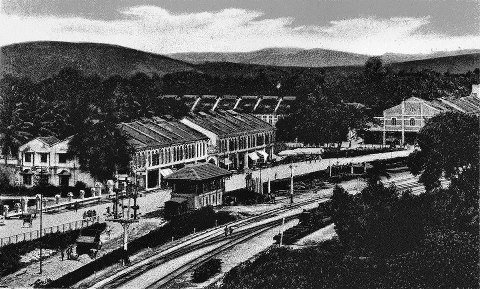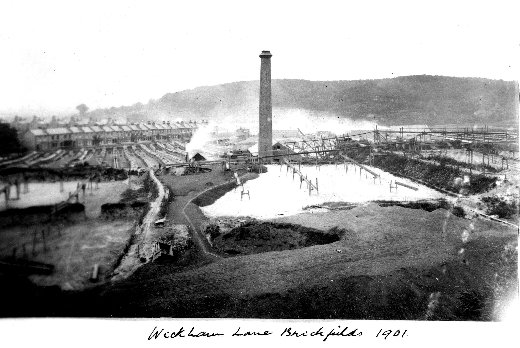Brickfields boy Balan Moses, former news editor of the New Straits Times, has come out with his second book of reminiscences about his neighbourhood told in a collection of fictional short stories, Brickfields and Beyond: Stories from the Past.
Balan grew up in Hundred Quarters — three rows of terrace house on Jalan Chan Ah Tong, Jalan Rozario and Lorong Chan Ah Tong next to a sunken football field that regularly filled up during thunderstorms and the monsoon season. (It has since been filled in and is now used by stalls relocated by redevelopment.)

The Brickfields of the 1950s R.S. Murthi
“Brickfields was a quaint neighbourhood then, and most of the houses were occupied by the Ceylonese, Tamils and the Chinese. I used to travel on a horse cart to the Convent of Holy Infant Jesus Bukit Nanas. Sometimes, I would take a rickshaw. Everyone was treated with love and respect, and the elders were referred to as uncles and aunties.” — Franscina Zachariah, 81, who grew up at Hundred Quarters until her marriage in the 1950s. Franscina, known as Fortune, was one of 100 people present at the launch of the book at the Lutheran Hall in Jalan Sultan Abdul Samad.
Zion Evangelical Lutheran Church was only a small chapel in those days, surrounded by vegetable farms and orchards. Jalan Sultan Abdul Samad ran by farms and coconut trees, and there were brick kilns everywhere in the neighbourhood, giving Brickfields its name.
Hundred Quarters, built in 1915, was home to government servants, mostly from the railway as well as Postals, Telecoms and PWD workers. They are to be demolished next year as gentrification sweeps through the village in the wake of the Malaysian Resources Corporation development of luxury apartments, office buildings, commercial complexes and hotels around KL Sentral on what was the Malayan Railway marshalling yard.
“Indeed, Hundred Quarters epitomises the neighbourhood. Brickfields has grown so much on me over the years that I am sad that the place will be torn down. It not only shaped my outlook of the world, but it was also instrumental in moulding my character and personality to a large extent,” he said.

There are plans to build a multi-storey car park and hawker stalls in place. Balan believes the area should be conserved instead. “Imagine having stalls and restaurants in buildings that are a throwback to a time long gone. Tourists and locals may very well appreciate the history that comes with the food.”

There are plans to build a multi-storey car park and hawker stalls in place. Balan believes the area should be conserved instead. “Imagine having stalls and restaurants in buildings that are a throwback to a time long gone. Tourists and locals may very well appreciate the history that comes with the food.”
Balan’s first book, Brickfields: A Place, A Time, A Memory, were reminiscences of his childhood and about the neighbourhood. This time he tells the Brickfields stories through short stories, with characters such as Toppeh, Sando Maniam, Sundari and Gourmand, based on neighbourhood people.
“All of them are stories culled from half-remembered tales from my childhood and youth, a melange of fact and fiction,” he said. He has also attempted to include social commentary on the traditions, customs, conventions and practices among Malayans, and later Malaysians, on issues like class differences, romance and nation-building within a multi-racial populace.
Proceeds from the book will go to Hands Across Brickfields, a church project in which about 200 packets of food are distributed to the poor, including destitute single-parent families, drug addicts and the homeless, every Sunday at the compound of the Lutheran church. Balan has been pastor of the church for the past five years.




Dear Mr. Balan i need your book. Where can I purchase it?
ReplyDeleteJust for info, I'm Jalan Travers Girl. We shifted from the once my dad retired from railway ( 1977). Do you have any stories regarding Malayan Railway?